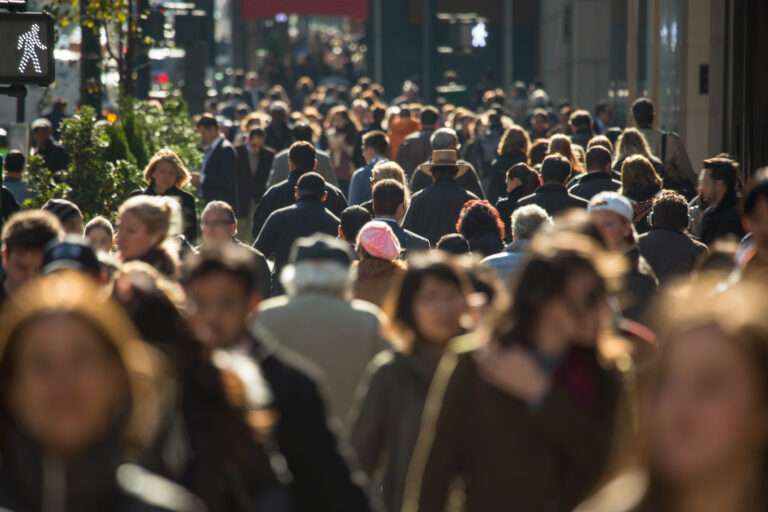
Wellbeing of businesses is dependent on the wellbeing of people and planet.
This has been made clear by the current climate crisis.
Extreme heat in Europe during this summer led to work stoppages, employee strikes and health issues for workers. Abnormal forest fires, floods and droughts disrupted people’s lives, businesses’ supply chains and the economy.
Why does climate change affect businesses?
Businesses rely on the Environment for raw materials & resources to produce goods and services, and reliable supply chains.
Businesses rely on society for people to operate businesses. Ultimately, businesses serve the needs of people and society.
A disruption in the Environment leads to:
- disruption in availability of quality raw materials
- disruption in business supply chains
- poor quality of products/services
- increased costs
- adverse impact on people’s health – leading to disruption in workforce

In other words, a disruption in the Environment leads to disruption in the economy and society.
Climate change therefore is not just an environmental problem. It is also a business and social problem.
The traditional economic model that prioritizes rapid economic growth at the expense of the Environment and Society is not viable. This model in turn does damage to Economy in the long term. Traditional metrics such as gross domestic product (GDP) fail to capture this aspect.
A viable economic model going forward is one that also creates long term prosperity for the Environment and Society.

What is Wellbeing economy?
Wellbeing Economy is defined as “an economy designed to serve people and the planet”. [1] In such an economy, business activities and solutions are people-centric and aim to preserve or regenerate the Environment. It aims to create long-term wellbeing for all. This approach leads to:
- Opportunities in business innovation
- Better management of climate risks through climate adaptation and mitigation
- Resilient supply chains
- Reduced costs
- Customer trust
- Engaged employees and communities
Both new and well established businesses alike can help create a wellbeing economy.

How can businesses contribute towards creating a well-being economy?
Businesses should re-examine and map their value chain to understand how current practices could be creating or destroying value for environment and society. The value chain has two sides:- supply and demand side.
The supply side concerns businesses’ sourcing, production, and provision of goods & services. To create wellbeing for people and planet on the supply side, businesses should ask themselves about negative impacts created on environment and society and eliminate such impacts. Businesses can:-
- Design products in a way that they use less materials.
- Work with supply chain partners towards lowering Environmental impact and ensuring fair treatment of all workers and employees throughout the chain.
- Reengineer production processes to make them resource and energy efficient.
The demand side concerns consumption and disposal of products after consumption. To create wellbeing for people and planet on the demand side, businesses should ensure that their products/services are designed in a way that they can be consumed and disposed of easily without creating adverse Environmental and health impact. Businesses can recreate their product portfolio to include products/services that have positive environmental and social impact.
For the entire value chain, businesses can think about how they can innovate to further serve the needs of all stakeholders.
To conclude, businesses should realize that they ultimately serve citizens. Citizens have a right to good health, safety, and dignity. By internalizing this truth and serving the needs of citizens, businesses can act in a way that ensures that they create wellbeing for people and the planet.

References
[1] What is a wellbeing economy? Wellbeing Economy Alliance. Available at: https://weall.org/what-is-wellbeing-economy (Accessed: 11 October 2023).
